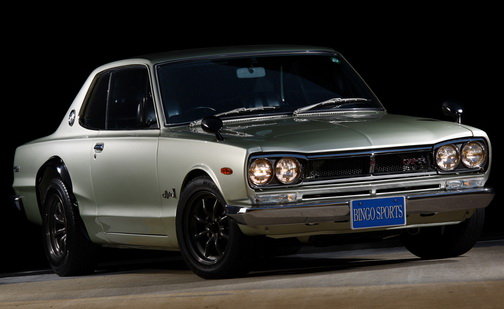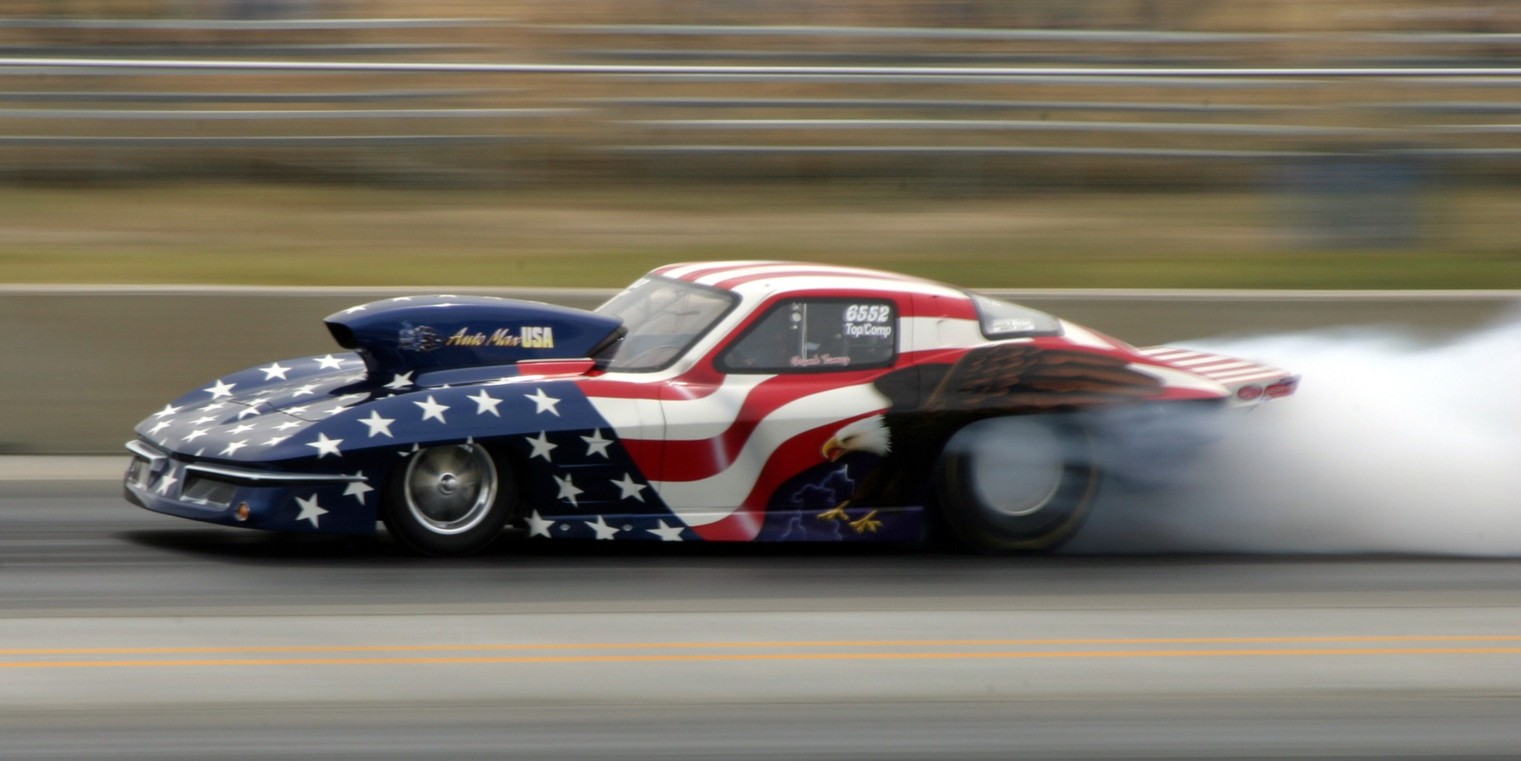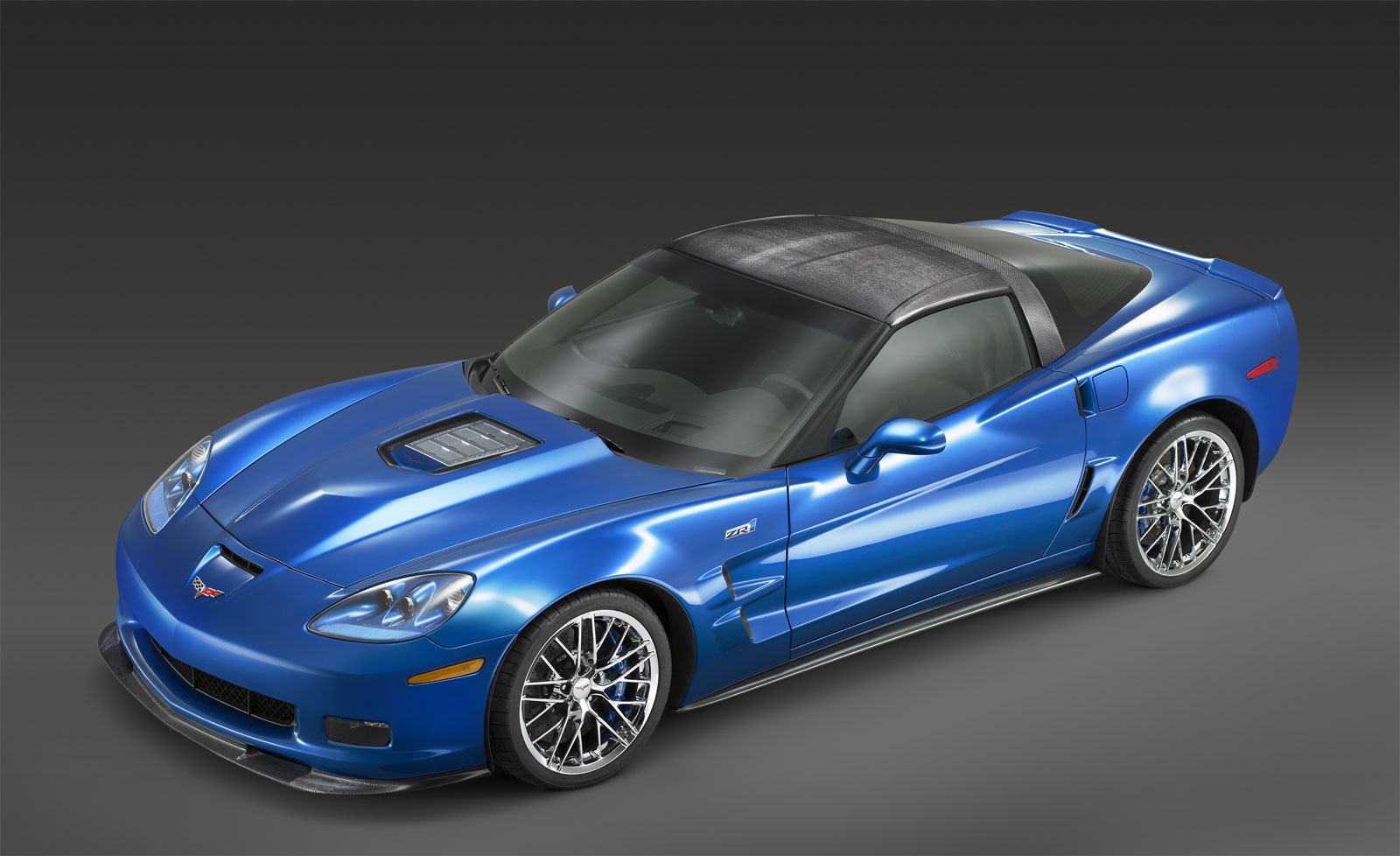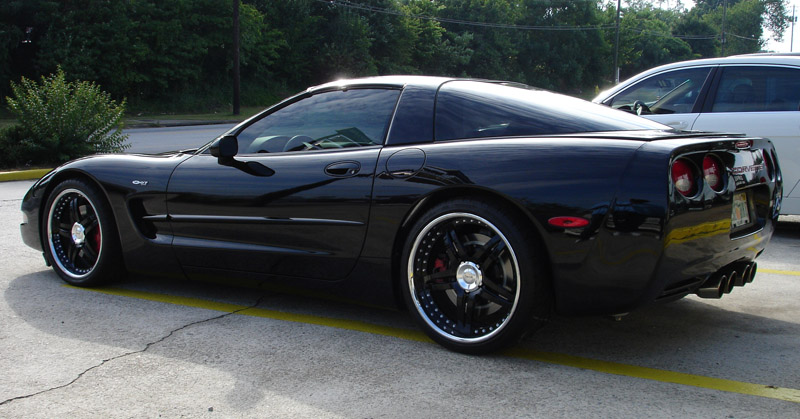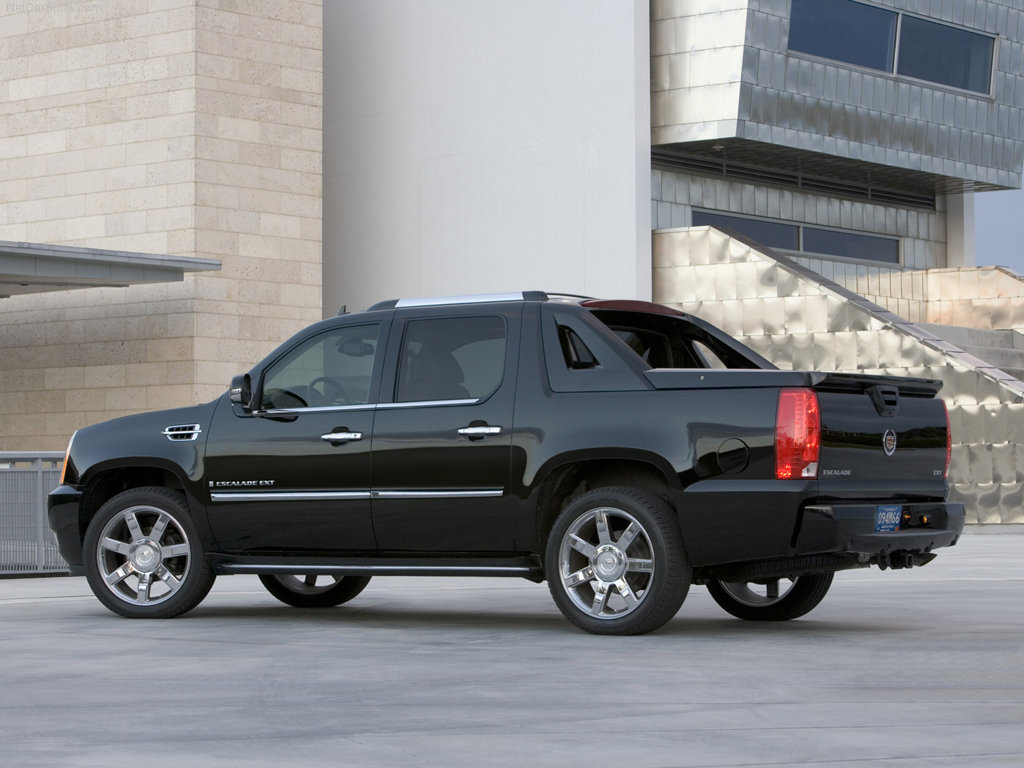While the cylinders are the core of the car engine, there are a number of peripheral systems that are necessary for them to continue functioning.
Let’s start by looking at a few parts of the cylinder in greater detail.
Intake and exhaust camshaftsIn order for the cylinder to operate correctly, the valves need to open and close at the right moments. Timing is everything; all of the parts of the cylinder (valves, piston, spark plug, etc.) need to be in sync with one another.
The camshafts regulate the opening and closing of the valves. Each camshaft is a circular rod that turns as the crankshaft does. The two shafts are connected by a timing belt that ensures their movements are coordinated. As you can see in the diagram, the camshaft has lobes on it; as the camshaft turns, each lobe will briefly push the valve open. After the lobe has passed over the valve, the valve closes again. Linking this process to the motion of the crankshaft ensures that the valves open when the piston is at the correct point in the cycle.
Spark plug
First, the spark plug requires electrical input in order to generate the spark that ignites the compressed gas in the cylinder. This energy comes from the car’s twelve volt battery. This battery powers all of the other electrical systems in the car as well, such as the radio, the lights, power windows, and the starting system, which I’ll discuss below. The battery is connected to an alternator. A belt connects the alternator to the engine, so that as the engine spins, the belt also spins, generating energy to recharge the battery. This is why car batteries don’t run out, the way a normal battery would, unless the battery is old or defective, or electrical systems (like the headlights) are left on when the engine isn’t running.
Next, the spark plug needs to ignite at the right moment in the four-stroke cycle in order for combustion to occur. This timing is regulated by the distributor. A distributor receives power from the ignition system coil; this is basically a high-voltage transformer. The distributor consists of two parts: the rotor and the cap. The cap is attached to the ignition wires, which lead to the spark plugs. If a car has six cylinders, a distributor will have six ignition wires, one connected to each spark plug. The rotor is connected to the ignition system coil and sits in the center of the cap. As the camshaft turns, the rotor also turns so that each ignition wire is briefly connected to the power source. As a result, the spark plugs fire one at a time; this results in smoother motion. If cylinders fired in groups, the car’s forward movement would be uneven.
What else needs to happen in order for the engine to function?
First, air needs to flow into the cylinders. In normally aspirated engines, the air flows through an air filter and directly into the cylinder. In high-performance turbo-charged or super-charged engines, however, the air is pressurized first. This means that more of the air and fuel mixture can be crammed into each cylinder, creating more energy during the combustion process.
The fuel for the air and fuel mixture is provided by the fuel system. First, a pump draws the gasoline up from the tank. Next, this fuel is either mixed with air by a carburetor, or, in a fuel-injected engine, is injected directly into the cylinder itself.
As you’d expected, this process produces a lot of heat. In order to keep the engine from overheating and melting, a cooling system needs to be in place. Most modern cars are water cooled, although some older models (such as the VW Beetle) are air cooled. In a water-cooled car, a water pump circulates water through a “jacket” of pipes around the cylinder. This water then passes through the radiator, where it is cooled off before being re-circulated. Without enough water, the system won’t function. This is why it’s important to check water and oil levels regularly!
The car engine also contains a lot of moving parts. For these to move smoothly, they need to be lubricated with oil. Otherwise, moving parts would grind one another down or stick altogether.
This results in a less efficient, damaged, or totally non-functioning engine. The lubrication system ensures that oil gets to all parts that need it. The oil pump draws oil out of the sump. It moves through the oil filter, to remove any dirt that could clog the engine. Next, it is squirted onto the parts that need it, in particular the walls of the cylinder and the bearings on the shafts. The oil eventually trickles back down into the sump, and is taken up into the pump again.
Once exhaust leaves the cylinder, it passes into the exhaust system. In this system, the exhaust exits the car through the tail pipe. If this were all there were to an exhaust system, however, most cars would create far too much noise and air pollution.
For this reason, most cars have mufflers, which dampen the sound of all the small explosions occurring in the engine. Modern cars also have an emissions control system. Before leaving the car, exhaust will pass through a catalytic converter. Most catalytic converters have three stages; in the first two stages, the exhaust passes over different kinds of metal which act as catalysts to either reduce or oxidize one of the poisonous components of the exhaust. The third stage contains a sensor, which monitors the level of oxygen in the exhaust. This sensor communicates with a computer, which can then adjust the fuel-air ratio reaching the engine, in order to ensure that the engine is operating as efficiently as possible.
Last, but definitely not least, is the car’s starting system. As I mentioned in part one, the four-stroke process is self-sustaining once you’ve gotten it going. However, in order to get this process going, you need to start turning the crankshaft. This means overcoming all of the internal friction and pressure in the cylinders, providing enough energy to open and close the valves, and powering the various pumps and other equipment necessary for engine function.
The power for all of this is provided by the starting motor, a separate, electrically powered motor that turns the crankshaft a few times to get the four-stroke cycle started. This system is activated by a starting solenoid. With all of these intricate moving parts and inter-dependent systems, it’s amazing that car engines can last as long as they do—and don’t break down more often! However, in my next entry, I’ll explore some of the most common problems that can occur in engines, how to diagnose these problems, and what basic maintenance you should do to prevent problems from happening in the first place.
 BMW M1 Hommage Inil is, flown directly from Germany.
BMW M1 Hommage Inil is, flown directly from Germany.




